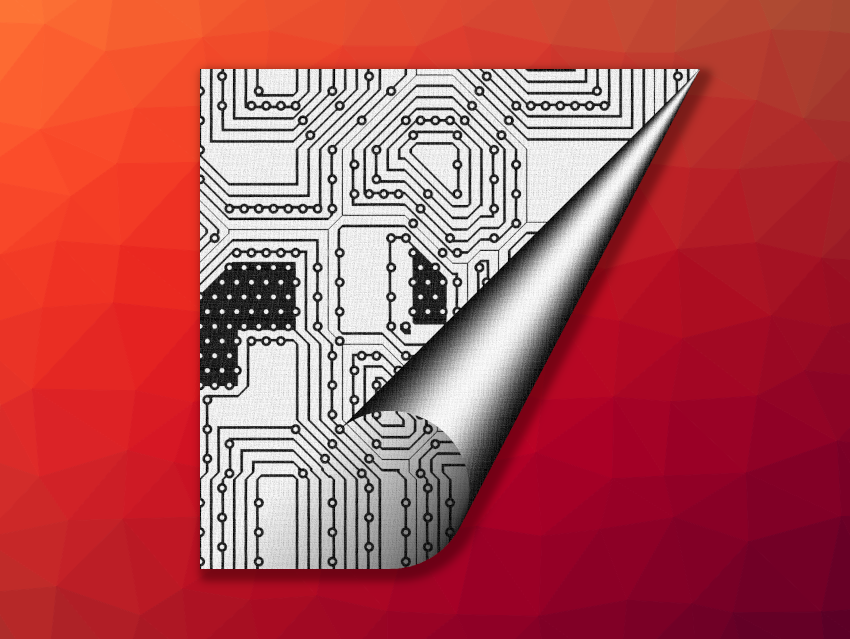Electronic devices are a growing source of waste. Most small electronic devices contain circuit boards that are made from glass fibers, resins, and metals. These boards are not easy to recycle. In addition, they are relatively bulky and inflexible, which makes them undesirable for use in, e.g., wearable devices. One alternative is using paper-based circuit boards, which are based on a renewable substrate and should be easier to dispose of, less expensive, and more flexible. However, currently available options often require specialized paper or use traditional metal circuitry components mounted onto the paper.
Seokheun Choi, State University of New York at Binghamton, USA, and colleagues have created a prototype circuit board consisting of a sheet of paper with fully integrated electrical components. This circuit board is simple to manufacture and can be burned or left to degrade after use. The team designed a circuit that incorporates resistors, capacitors, and a transistor. They first used wax to print channels onto a sheet of paper in a simple pattern. After melting the wax so that it soaked into the paper, the team printed on the paper using conductive or semi-conductive inks, which soaked into the areas not blocked by wax.
For resistors, for example, the conductive ink is based on a blend of the conductive polymer poly(3,4-ethylenedioxythiophene) and polystyrenesulfonate (PEDOT:PSS). The conductivity of PEDOT:PSS can be tuned by the controlled addition of dimethyl sulfoxide (DMSO). For supercapacitors, the electrode ink is based on a porous carbon nanotube–reduced graphene oxide (CNT–rGO) hydrogel covered with palladium nanoparticles (Pd-NPs), suspended in a PEDOT:PSS solution for printing. The transistors use similar types of inks. In addition to the inks, the researchers screen-printed conductive metal components and cast a gel-based electrolyte onto the sheet.
The team observed that the resistor, capacitor, and transistor designs performed properly. The completed circuit is flexible and thin, even after adding the additional components. The team demonstrated that the circuit board quickly burned to ash after being lit on fire. According to the researchers, this could be a step towards producing disposable electronic devices.
- Integrated Papertronic Techniques: Highly Customizable Resistor, Supercapacitor, and Transistor Circuitry on a Single Sheet of Paper,
Mya Landers, Anwar Elhadad, Maryam Rezaie, Seokheun Choi,
ACS Appl. Mater. Interfaces 2022.
https://doi.org/10.1021/acsami.2c13503



![Synthesis of [c2]Daisy Chains via Mechanochemistry](https://www.chemistryviews.org/wp-content/uploads/2025/04/202504_RotaxanesWithSolidStateMechanochemistry-125x94.png)
WOW